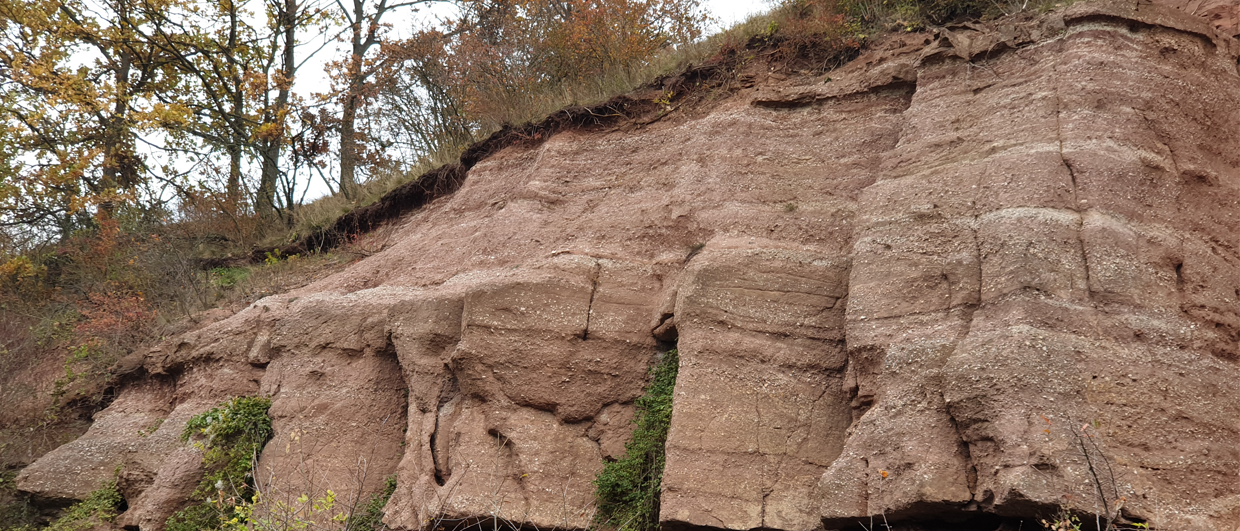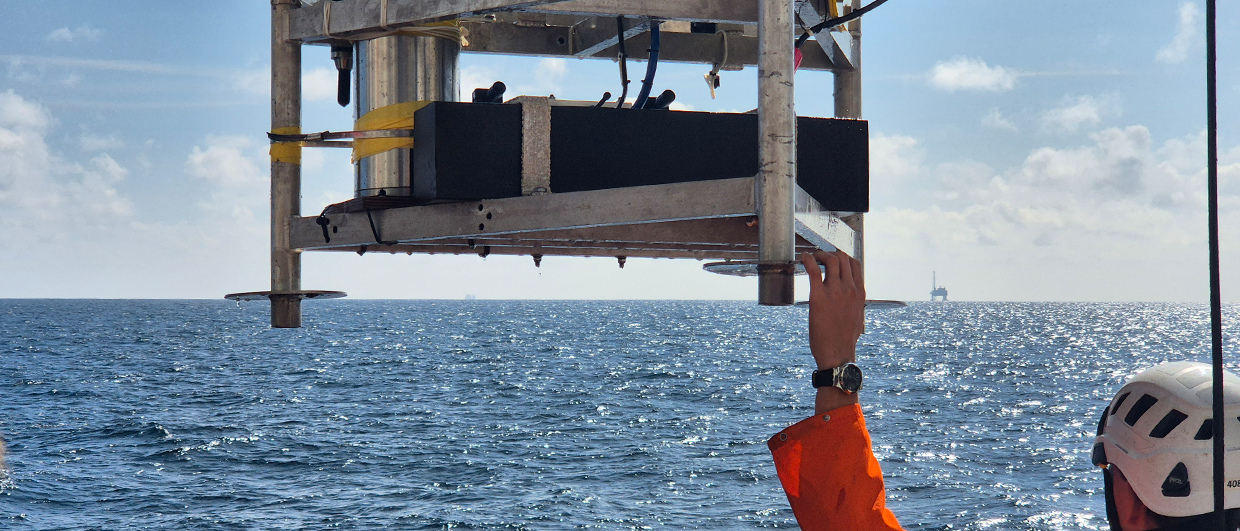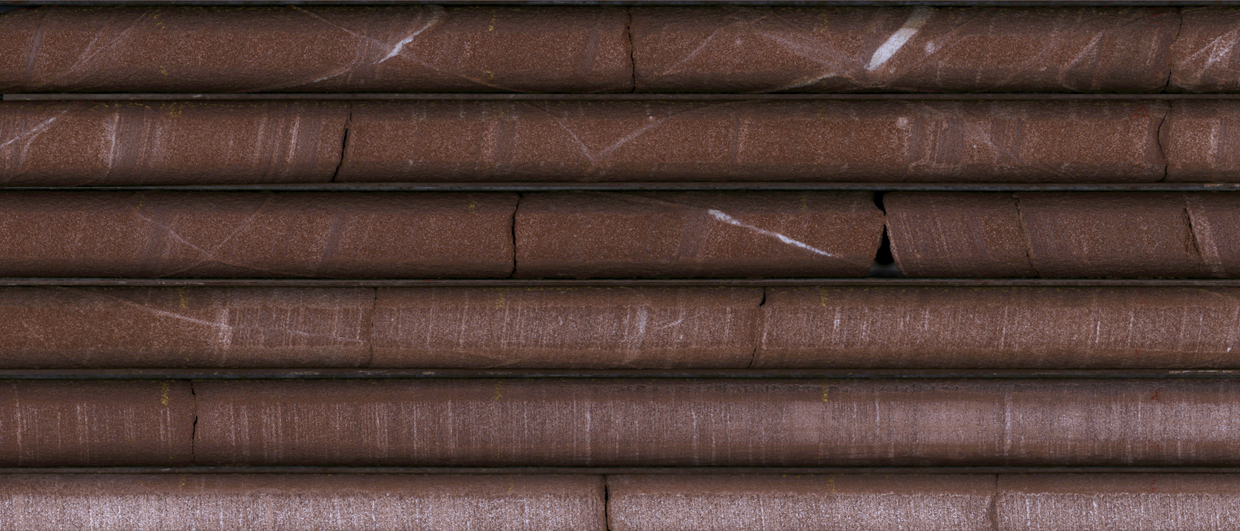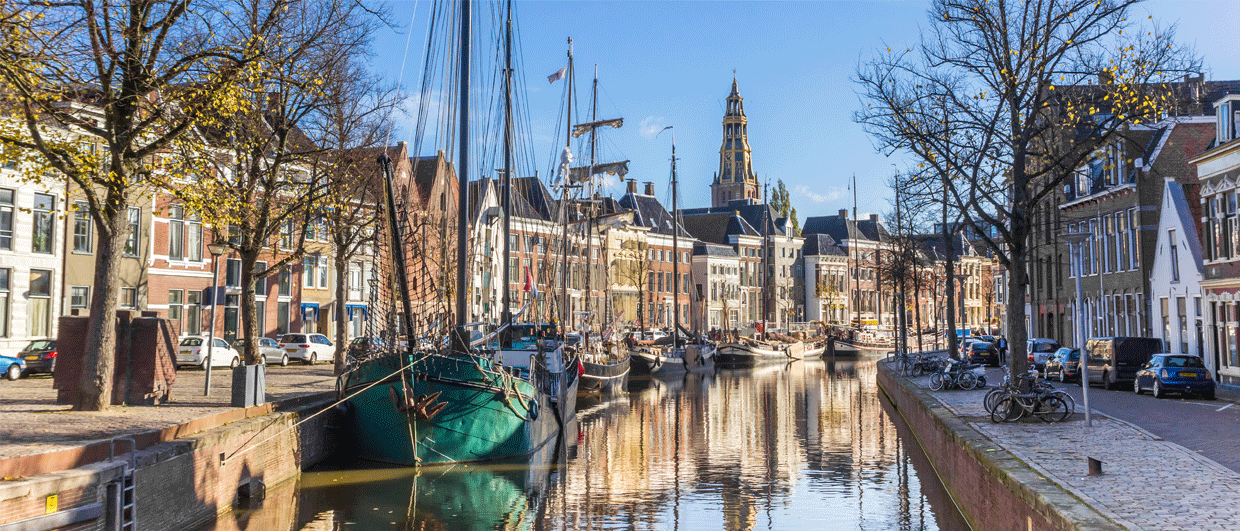“We have a unique geothermal energy solution here”, says geologist Eva van der Voet from Ennatuurlijk Aardwarmte in Middenmeer, the Netherlands. “The complex of greenhouses we deliver energy to is first of all supplied with geothermal heat from deep wells tapping into a Rotliegend aquifer at around 2,200 m depth, but at the end of the heat-grid sits a geothermal heat storage system in an aquifer at 360 m depth that can deliver or store energy per demand.”
“It is this subsurface energy storage facility that is unique in the Netherlands and possibly even in Europe”, says Eva.

This is how it works. “In summer, we tend to have an energy surplus from the deep geothermal sources. This enables us to store water of around 85° C into the shallow marine Maassluis Formation at 360 m depth. When winter comes, we produce the same water, which provides the bulk of the heat in one of the greenhouses”, Eva explains. “We operate the system using three wells; a cold well, a hot well, and a monitoring well. The role of injector and producer wells swaps between the hot and cold well when the seasons turn.”
To accurately monitor subsurface temperatures, the three wells are fitted with fibre optic cables such that measurements are taken every 2 m at each 10-minute interval. “For instance, this allows us to see how the temperature gradient at the top and bottom of the hot-water plume becomes more dissipated over time, which is an effect of warming up of the aquifer”, says Eva.
The initial temperature of the Maassluis Formation sands was around 15° C when injection started. “For that reason, we do not produce as much energy from the sands as we inject. In the first year, we had an efficiency of 27 %, and in the second year of 41 %. This is increasing to an expected efficiency of around 70 % in five years and 80 % in ten years. It just boils down to warming up the reservoir.”
One of the requirements for an open energy storage system to work is not only to have a permeable reservoir at the right depth, it also requires an aquifer that is not characterised by high levels of groundwater flow. “That is not the case in Middenmeer, which makes it a suitable aquifer”, confirms Eva.
Reservoir thickness is a crucial factor too. “When the sand layer is too thick, we tend to see buoyancy driven upward flow of warm water in the reservoir, which then results in the risk of cold water breakthrough when producing. At the same time, we don’t want too thin a layer either, because this limits the possible flow capacity for each well.”





